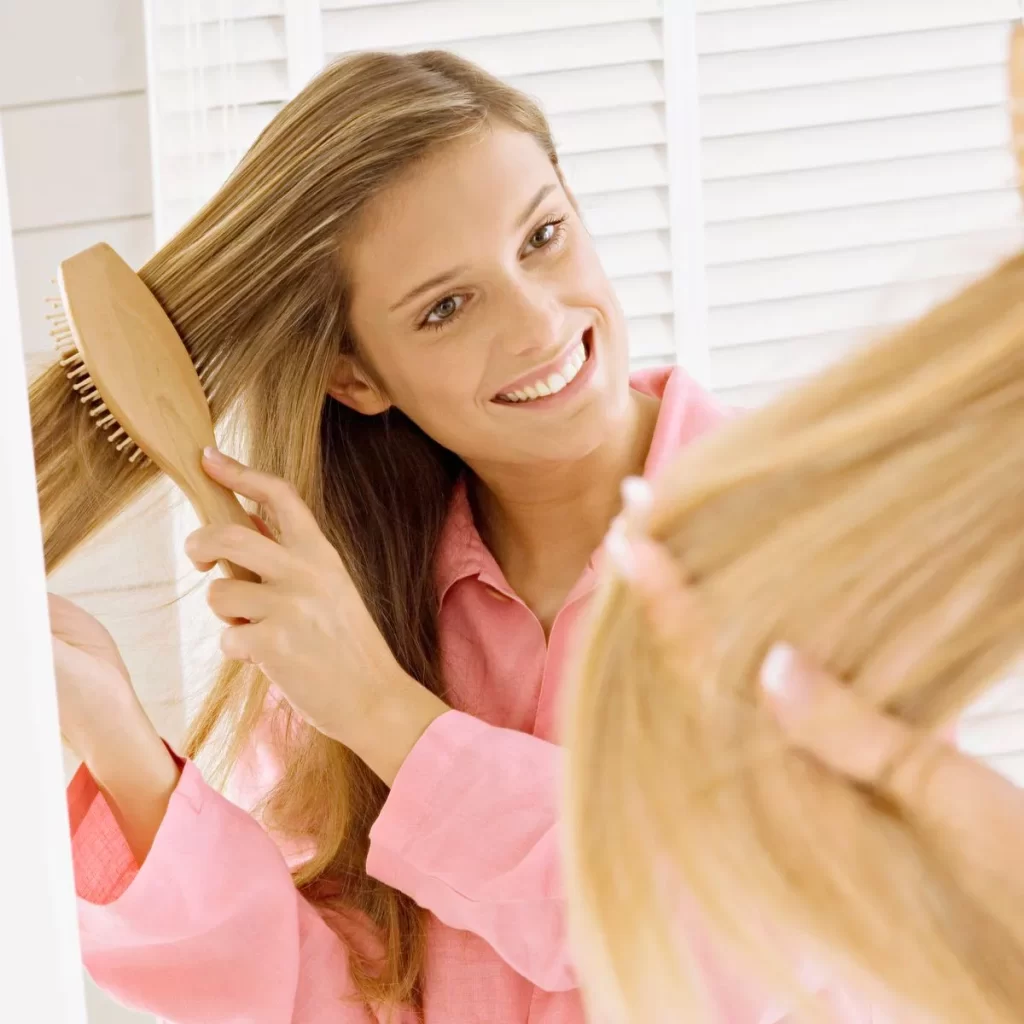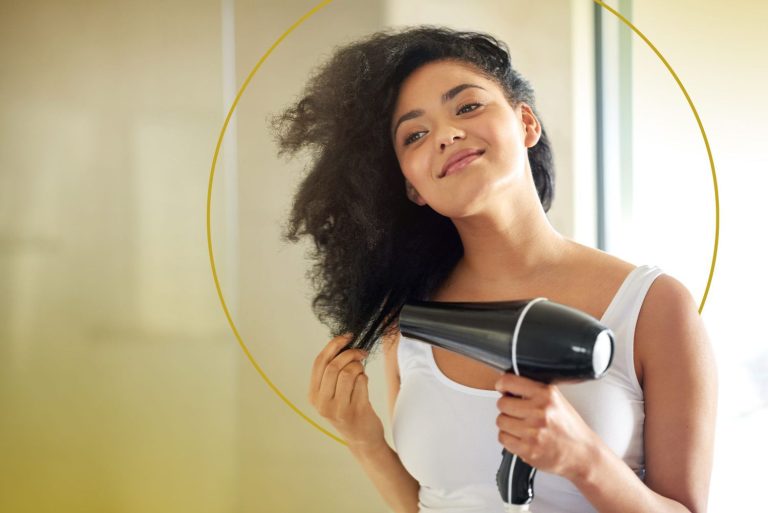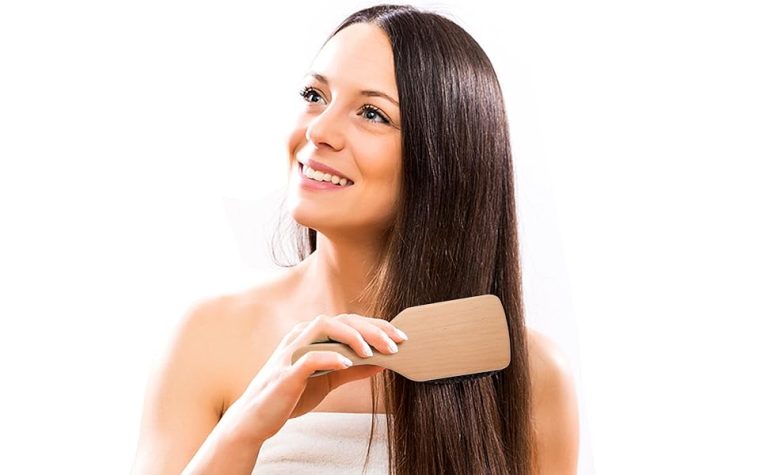
How to Clean Hair Brushes
The Essential Guide to Clean Hair Brushes
We all know the importance of washing our hair regularly. But what about the tools we use to style those luscious locks? Hair brushes and combs often get overlooked when it comes to a deep clean. Over time, they accumulate a gross buildup of hair product residue, oils, dirt, and shed hair strands. Yuck! Neglecting to clean these daily styling essentials can actually lead to hair damage, scalp irritation, and even issues like dandruff. Don’t let your brushes turn into a bacteria breeding ground! It’s time to learn the simple but crucial steps for freshening up those bristles.
Why You Need to Prioritize Brush Cleaning
Still not convinced this chore deserves your attention? Here are some compelling reasons to add brush cleaning to your routine:
Removes Stubborn Product Buildup
Hair gels, pomades, dry shampoos – these products leave behind a residue that builds up relentlessly on bristles and brush pads. Left unchecked, it creates a sticky, crusty mess prone to transferring back onto your hair.
Prevents Bacteria Overgrowth
That residue also creates the perfect environment for nasty bacteria to multiply. Using a dirty brush means spreading those germs directly onto your scalp every day – double yuck!
Extends Brush Lifespan
Quality brushes are an investment. But that buildup slowly causes bristles to become brittle and break off over time. Regular cleanings help tools last years longer.
Improves Hair Health
Brushing hair already creates friction that can damage strands. Hair snags and painful detangling sessions only increase with caked-on gunk and snarls in the brush. Let’s not even mention what all that bacteria can do!
Enhances Styling Results
Brushing hair with a truly clean tool means more effective smoothing and tension distribution. You’ll get sleeker results when you aren’t fighting layers of grime with each stroke.
As you can see, making the effort to routinely clean brushes provides significant beauty and health benefits for both your mane and your wallet. Let’s break down how to easily incorporate this task into your self-care routine.
Best Practices for Brush Cleaning
For a quick refresh between deep cleans, try these simple maintenance tips:
Remove Loose Hair Daily: Make a habit of removing any shedding and loose strands caught in the bristles after each use. This prevents tangles from building up.
Use a Brush Cleaning Tool: Invest in an inexpensive brush cleaning tool with firm bristles. Quickly brush out and dislodge product residue on a weekly basis.
Air Dry Thoroughly: Make sure to let brushes fully air dry after use and between cleanings. Moisture breeds bacteria growth.
But for a true deep clean and sanitization, you’ll want to set aside some time for these thorough steps every 4-6 weeks:
Supplies Needed:
Mild shampoo or dish soap
Baking soda
White vinegar
An old toothbrush
A clean towel or paper towels
Step 1: Remove Hair
Start by using your fingers or a comb to remove as much built-up hair from the bristles as possible.
Step 2: Make a Solution
Mix a small amount of mild shampoo or dish soap with some warm water in a bowl or sink. Add in 1-2 tablespoons of baking soda to help cut through grease.
Step 3: Soak & Scrub
Submerge the bristles portion of the brush into the soapy solution and let it soak for 10-15 minutes to loosen up gunk. Then use an old toothbrush to vigorously scrub bristles until they are completely free of residue.
Step 4: Rinse Thoroughly
Rinse out all remaining soap and debris with clean warm water, making sure to hold the brush vertically to keep water from reaching the base and handle.
Step 5: Sanitize With Vinegar
Prepare a new solution of equal parts white vinegar and water. Let the brush bristles soak for 5-10 minutes to disinfect and kill any lingering germs or bacteria.
Step 6: Fully Air Dry
Thoroughly blot brush with a clean towel or paper towels. Then position bristles down to fully air dry for at least 24 hours before using again.
For Wooden Brushes:
Avoid submerging the entire brush in water, as this can warp and damage wooden components over time. Instead, use a cloth dampened with the cleaning solution to gently wipe down wooden handles and balls.

Don’t Forget About Combs!
Hair combs require the same level of care and cleaning as brushes. Follow the same routine, making sure to meticulously scrub between comb teeth to remove trapped hair and product.
Add this simple brush and comb cleaning ritual to your calendar every 4-6 weeks. It takes just a bit of effort to keep your trusty hair tools performing at their best!
Creative Cleaning Boosters
For an extra deep clean and fresh scent, you can incorporate a few natural boosters into the soapy cleaning solution:
Lemon Juice: Adds antibacterial power and deodorizing freshness. Use the juice of 1 lemon.
Tea Tree Oil: Just 5-10 drops of this essential oil packs antifungal, antimicrobial might.
Apple Cider Vinegar: Unfiltered ACV is a powerhouse for cutting through buildup.
Baking Soda: A sprinkle acts as a gentle abrasive for extra scrubbing power.
Mix and match these ingredients to really refresh and renew brush cleanliness. Let them soak for 15-20 minutes before scrubbing.

Extend Brush Life With Routine Care
In the end, proper brush care all comes down to regular cleaning and maintenance. Taking the time to routinely sanitize your brushes removes built-up gunk that damages both your tools and your hair over time. It’s an essential ritual for anyone wanting gorgeous hair and long-lasting, high-performing brushes.
Set a recurring date every 4-6 weeks to give your brushes and combs a deep, purifying clean. Then maintain by quickly brushing out shed hair and residue each day. With just a little effort, your brushes and locks alike will look better, smell fresher, and maintain healthy condition for years to come!
In conclusion, cleaning hair brushes is an essential step in maintaining healthy and clean hair. Regularly removing hair, debris, and product buildup from brushes helps prevent the transfer of dirt and oils onto the hair, promoting better scalp health and overall hair hygiene. By following simple cleaning techniques, such as removing hair, soaking in soapy water, and thorough drying, you can ensure that your hair brushes remain clean and effective for optimal hair care.



